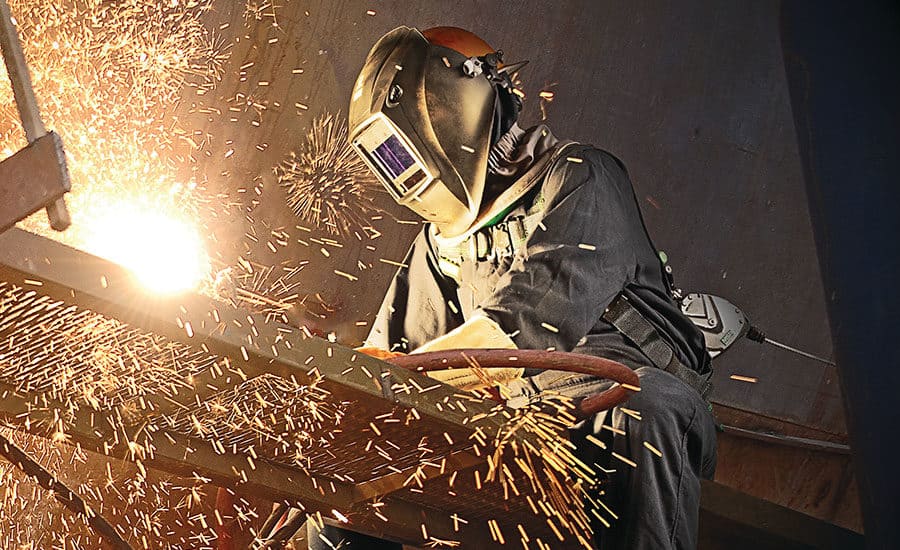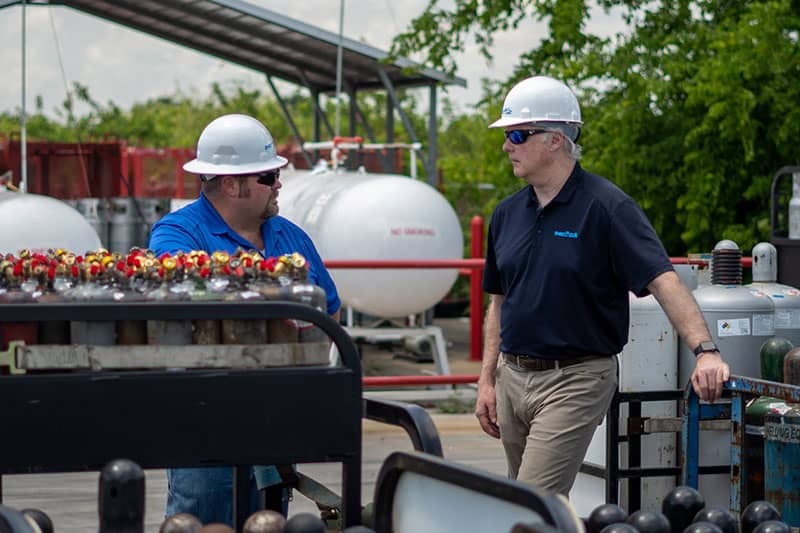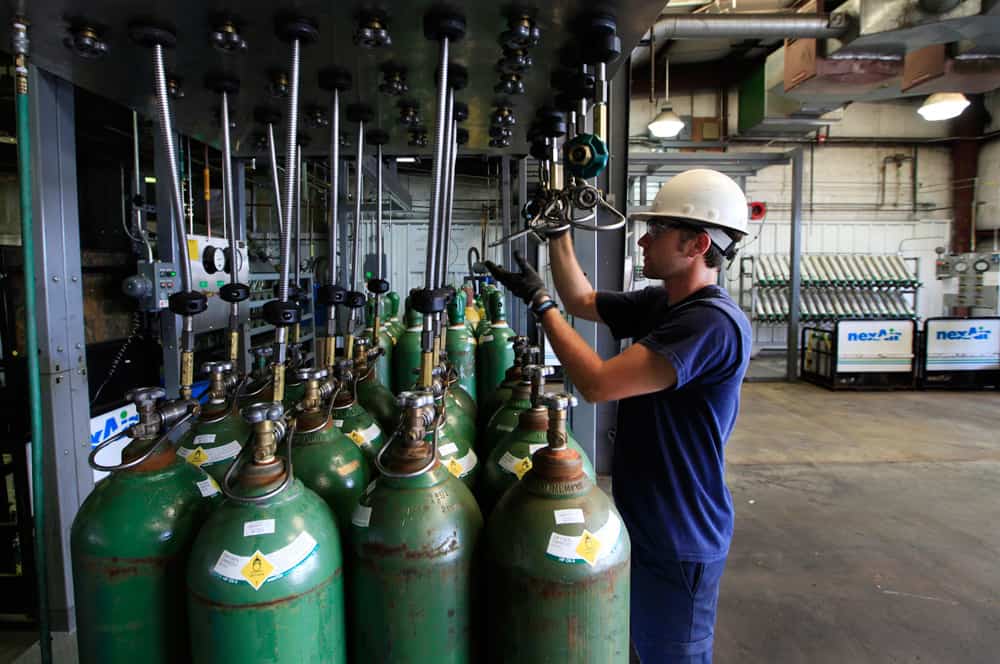The Role of Gas in Welding Safety: Best Practices and Solutions from nexAir
When most people think about welding hazards, they picture sparks, flames, and bright arcs. But the gases used in welding bring their own set of risks that are just as important to manage.
Compressed gas cylinders store tremendous energy under pressure. A damaged valve can turn a cylinder into a dangerous projectile. Even seemingly harmless shielding gases like argon can cause serious problems in confined spaces by displacing oxygen. Fuel gases like acetylene add fire and explosion risks to the mix.
We’ve worked with welding shops for decades and seen firsthand how proper gas handling prevents accidents. The good news is that most gas-related incidents are preventable with the right practices and equipment.
Safety starts with awareness. Welders need to understand the specific risks associated with each gas they use. Different gases require different handling, and mixing up cylinders can create immediate dangers.
Proper Storage and Handling: The Foundation of Gas Safety
Safe welding starts with proper gas storage. Cylinders should always be secured in upright positions with chains or straps. When not connected to equipment, they need protective caps to prevent valve damage.
Storage areas need good ventilation and should keep fuel gases separated from oxygen and other oxidizers. Temperature matters too – acetylene becomes unstable above 130°F, while extreme cold can affect regulator performance.
Moving cylinders safely requires the right equipment. Cylinders should never be dragged or rolled on their sides. Proper cylinder carts prevent the drops and impacts that can damage valves or regulators.
Regular inspections help catch problems early. Checking for leaks, damaged valves, or improper storage conditions should be part of your daily routine. Simple practices like “first in, first out” cylinder rotation help prevent issues with older inventory.
Good labeling prevents mix-ups that could create immediate hazards or compromise weld quality. We help shops develop practical storage solutions that match their specific space constraints while meeting safety regulations.
Gas Delivery Systems: Engineered for Safety
The path from stored cylinder to welding torch involves several components, each important for safety. Properly selected regulators match both the gas type and pressure requirements for each application.
For fuel gases, flashback arrestors prevent flames from traveling back into the cylinder during abnormal conditions. Quality hoses with proper connections minimize the risk of leaks during operation.
Larger shops with gas distribution systems need additional safety features like emergency shutoffs and monitoring systems. We design delivery systems with multiple safety layers, using our expert KnowHow™ to balance protection with practical usability.
Regular maintenance keeps these systems working properly. Regulators, hoses, and connections should be inspected regularly for damage or wear. Components like flashback arrestors have limited lifespans and need periodic replacement.
Well-designed gas systems don’t just improve safety – they enhance efficiency by providing stable gas flow and reliable operation. This proves that safety improvements often boost productivity at the same time.
Training and Procedures: The Human Element of Gas Safety
The best safety equipment in the world can’t compensate for poor practices. Training ensures welders understand gas hazards and know how to work safely around cylinders and distribution systems.
Good training covers everything from basic cylinder handling to emergency procedures. Welders should know how to detect leaks, what to do if they find one, and how to respond if a more serious incident occurs.
We provide training programs that address all aspects of gas safety, from beginner awareness to advanced emergency response. Regular refresher sessions help maintain awareness and counter the complacency that often develops with routine tasks.
Written procedures provide consistent guidance for everyday operations and emergency situations. These ensure that proper practices continue even as staff changes over time. Safety audits help identify developing issues before they cause accidents.
By addressing both technical systems and human factors, comprehensive gas safety programs help welding operations Forge Forward with confidence. The most effective programs integrate seamlessly with production, proving that safety and productivity work hand in hand.
Want to improve your welding operation’s gas safety program? Contact us today to schedule a safety review with our welding specialists.
Don't see what you're looking for?
Everything we offer is a click away and it will arrive before you know it.




